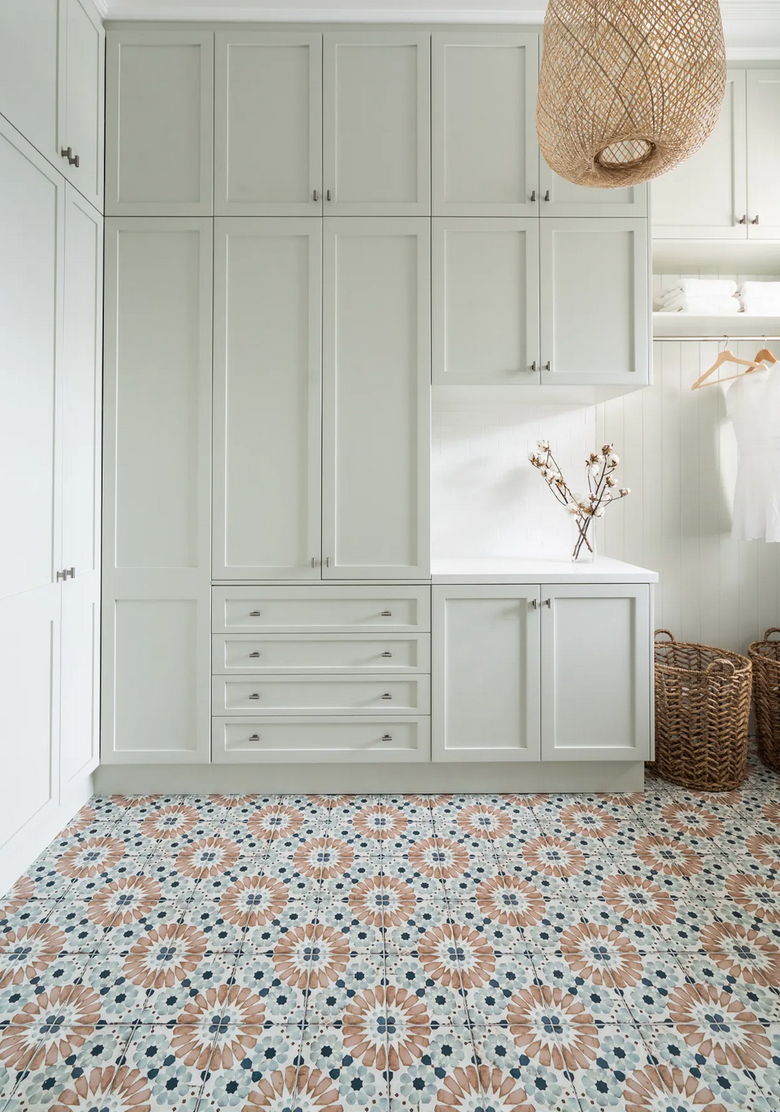Tile Thickness 101: What You Need to Know for Your Bathroom Remodel
Get the basics on tile thickness and why it's a critical aspect of your bathroom remodel. This blog explains the different thickness options, their applications, and how to ensure a level, professional-looking result.
When planning a bathroom renovation, many focus on tile color, shape, and size. However, tile thickness is an essential factor that can significantly impact your project's success. Here are eight key points to help you understand why tile thickness matters and how to choose the right option for your bathroom.

Variety in Tile Thickness
Tiles come in various thicknesses, ranging from slim 6mm tiles to robust 20mm options. Most tiles typically fall between 6mm and 10mm, ideal for both walls and floors.
Impact on Finished Height
The thickness of your tile plays a crucial role in determining the finished height of your bathroom floor. Remember to account for underlay, adhesive, and any leveling compounds in your calculations.
Wall vs. Floor Tile Thickness
Wall tiles usually range from 6mm to 10mm, making them lighter and easier to install vertically. Floor tiles can be thicker, especially if they need to withstand the moisture and frequent use common in bathrooms.
Importance in Planning
Knowing the thickness of your tiles is vital when planning your renovation, particularly if you’re transitioning between different flooring types or working in areas with height restrictions.
Consistency in Tile Thickness
Porcelain and ceramic tiles from the same batch will generally have consistent thickness, ensuring a uniform surface. Natural stone tiles, however, may have slight variations that require extra attention during installation.
Dry Laying for Precision
Before finalizing your tile placement, dry laying is a good practice. This helps you ensure that all tiles are of consistent thickness and that the floor will be level once installed.
Using a Tile Leveling System
To achieve a perfectly flat surface, especially with thicker tiles, a tile leveling system is highly recommended. This simple tool can make a big difference in the final appearance of your bathroom.
Tiling Over Existing Tiles
If you're tiling over existing tiles, understanding the combined thickness is crucial. It can affect door clearance and transitions between rooms, so measure carefully before starting.
At Sydney Budget Kitchens, we recommend discussing your tile choices with our experts to find the best option for your bathroom. Whether you're looking for something sleek and slim or thick and durable, understanding tile thickness will ensure a successful and beautiful renovation.
Questions?
Contact Us For A No-Obligation Online Kitchen Or Bathroom Renovations Quote Today!
